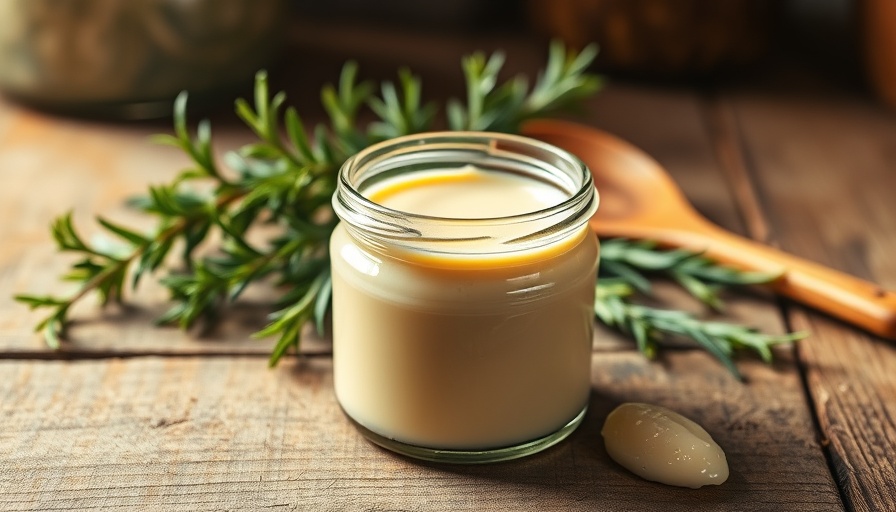
Understanding Beef Tallow: A Nutritional Powerhouse
Beef tallow, rendered fat from cattle, is experiencing a resurgence in health circles as people seek healthier alternatives for cooking and baking. Packed with healthy fats like monounsaturated fats, beef tallow is undoubtedly a valuable resource on our plates. A fundamental source of energy, it also offers important nutrients including vitamins A, D, E, and K, essential for optimal health. With a cooking point higher than many oils, tallow is ideal for frying and searing, making it a versatile ingredient.
The Nutritional Benefits of Beef Tallow
One of the greatest advantages of beef tallow is its high content of conjugated linoleic acid (CLA), known for its potential health benefits ranging from fat reduction to improved immunity. Furthermore, tallow provides omega-3 and omega-6 fatty acids in a balanced ratio, essential for brain health and anti-inflammatory benefits. Compared to vegetable oils, which often undergo extensive processing, beef tallow is a natural, unadulterated fat offering a rich flavor and numerous health benefits.
Addressing Common Misconceptions About Beef Tallow
Despite its benefits, misconceptions surrounding beef tallow persist. Some equate animal fats with heart disease, but recent studies have shown that saturated fats, when consumed in moderation within a whole-food diet, are not linked to increased heart disease risk. In fact, these fats can support the body's overall health when used in conjunction with a balanced diet. Beef tallow's nutritional profile reflects a healthy fat choice, particularly for those following low-carb or ketogenic diets.
How Beef Tallow Fits into Modern Diets
As we embrace health-conscious trends, incorporating beef tallow into our diets can be beneficial. It aligns well with various dietary approaches, including paleo and keto, enhancing both flavor and a sense of satisfaction at meal times. Individuals seeking to revamp their cooking habits, whether for weight management or optimal health, should consider integrating this nutritious fat into their meals.
Practical Ways to Use Beef Tallow
Using beef tallow is simple. It can replace oils or butter in almost any recipe, from cookies to sautéed vegetables. For a unique twist, consider using tallow for roasting potatoes or vegetables; they’ll develop a rich flavor profile that’s hard to resist. Additionally, tallow can be used for greasing baking pans or as a base for homemade pie crusts, adding a delightful depth to your baked goods. Beyond the kitchen, beef tallow is also a popular ingredient for homemade skincare products due to its moisturizing properties.
Future Trends in Healthy Nutritional Choices
The kitchen is evolving, with a growing recognition of traditional fats like beef tallow as healthier food choices. As consumers become more informed, we can expect to see an uptick in local butcher shops and farm-to-table services offering tallow. These trends signify a return to whole, unprocessed foods and an overall shift toward sustainable eating practices. The embrace of nutrient-rich, traditional fats complements our ongoing quest for knowledge and optimal health.
Final Thoughts: Beef Tallow as a Staple
Given its nutritional benefits and versatility, beef tallow is making its way back into our kitchens. Those exploring healthier fats would be remiss not to consider this often-overlooked cooking fat. As more people embrace the idea of cooking with traditional fats, beef tallow may soon reclaim its place along with olive oil and coconut oil in the pantheon of culinary staples. So, why not give it a try in your next meal? It could surprise you!
 Add Row
Add Row  Add
Add 




 Add Row
Add Row  Add
Add 

Write A Comment